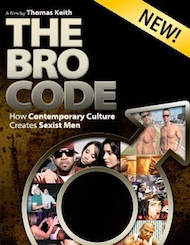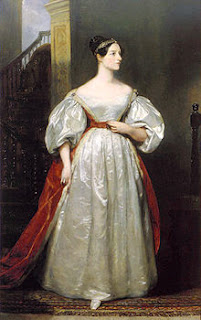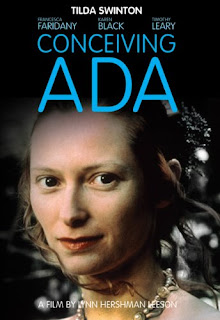This cross-post from Jarrah Hodge previously appeared at Gender Focus.
This is the first in a series of posts about
Geek Girl Con, which was held in Seattle October 8-9.
While some Canadians were celebrating Thanksgiving (or not out of protest or ambivalence), I was attending the inaugural Geek Girl Con in Seattle, Washington. The weekend was full of interesting panels and discussions and I took a bunch of pictures and notes, so will be writing a series of posts on the various issues that were covered.
The first full panel I attended was called “Feminism, Race, and Geek Culture”. It was moderated by Regina Buenaobra, community manager for ArenaNet for
Guild Wars and Guild Wars 2. On the panel were Sociology student Michelle Hu,
BreadPig employee and ROFLCon co-founder Christina Xu, and web developer Nina Reyes. Unfortunately the awesome
Racialicious blogger Latoya Peterson wasn’t able to make it.
The panel talked about their own experiences with discrimination and stereotyping in geek communities.
Talking about organizing ROFLCon, Christina recalled that the first year they ended up with a huge majority of white male speakers because they were just going with who they’d seen before at other conventions. Talking more generally about conventions, Christina said she’d encountered a lot more awareness about lack of women’s representation than that of people of colour: “People bring up lack of women on stage very frequently but hardly anyone brings up lack of people of colour.”
But Nina Reyes noted the intersections between race and gender in geek culture are more complicated. As a coder, she said she felt a lot more singled out as a woman than as an Asian, since Asians were stereotyped as being good at coding and computer careers.
Another question that came up for the panel was on representations of women and people of colour in geeky fandoms.
“It’s important as a person of colour to see yourself well represented in these types of media,” Michelle Hu argued.
“If you are a white male reading comic books you have a choice of who you want to be. Me, I’m stuck with Jubilee all the time,” Christina added. They both noted that just casting some people of colour or making a token reference to other cultures isn’t enough, using the short-lived but much loved Joss Whedon show Firefly as an example. The show often featured characters speaking Mandarin poorly.
Xu pointed out this “race-bending” is insulting and causes anger because studio’s don’t seem to care enough to try and find someone to play a part who actually speaks the correct language or belongs to the race that will be portrayed. It’s similar to ending up with an all-white convention lineup because you’re just going with who you’ve heard of before.
“As somebody who comes from a place of privilege you have the ability to …fulfill your identity as an exotic other,” Christina said, “But it leaves others less room to live their own identities and it perpetuates creepy stereotypes.” She said she wouldn’t say no one can role-play another race, but white people taking on other races need to realize it’s a weird exercise in privilege and need to try to prioritize character over racial stereotypes.
Finally, the panel addressed how geek communities, especially online, can exclude women and people of colour. The panelists said they felt like when they or others raised objections to sexist or racist language or behaviour guys would rally to defend the sexist and racist games, attempting to make the argument that somehow criticizing the language or behaviour was against their geek allegiance.
But the panelists had tips for audience members looking to deal with these types of situations effectively.
Christina recommended using your audience’s vernacular to raise the issue to show you’re part of their community. She also recommended making it clear it’s not a personal attack on a player: “Make it clear you are hating the game and not the player. And understand no one has read Judith Butler as nursery rhymes. There’s a learning process.”
On the other side, the panelists also had some advice for those getting critiques:
“The person on the other side, just f-ing listen,” said Michelle.
“We critique because we enjoy these things. The people who complain the hardest care the most,” said Regina, emphasizing that critiquing something doesn’t mean hating on it.




































